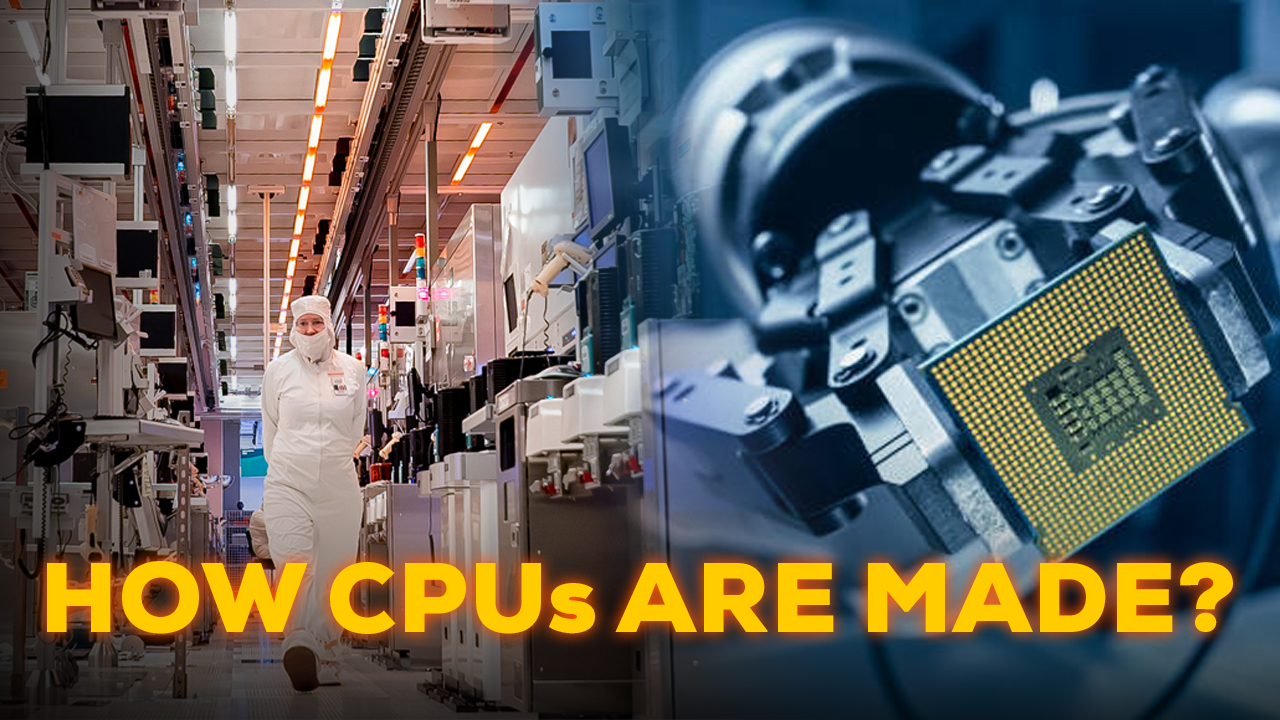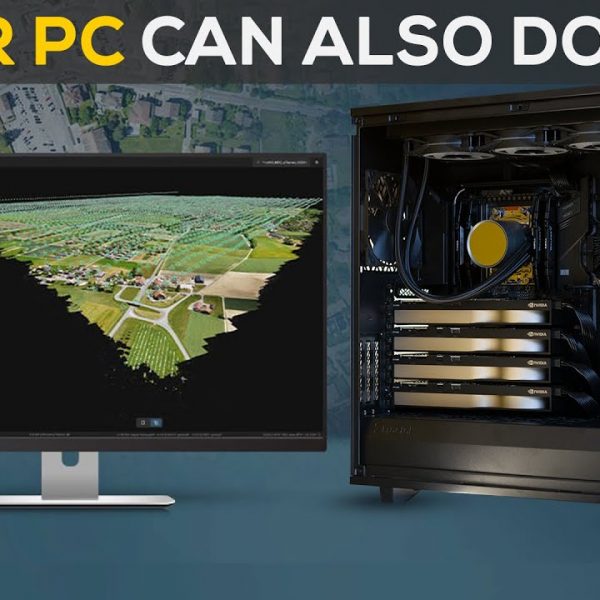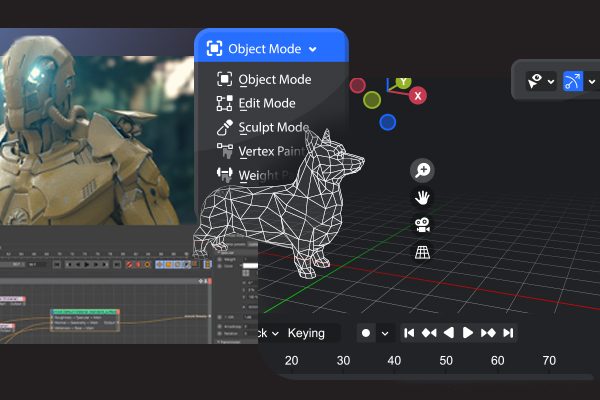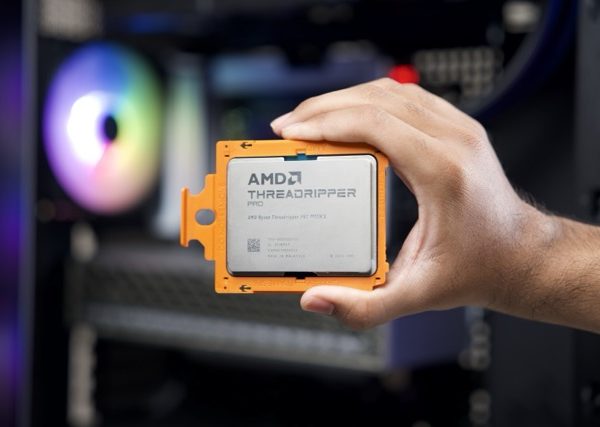Ever noticed how reviewers get different benchmarks for the same component, like the 14900K? You might think it’s because of variations in temperatures, different benchmark software, or other testing conditions like the state of the installation. And you’d be right—those factors can definitely affect performance.
But let’s take a step back and imagine you’re testing a few 14900K CPUs under identical conditions— so same temperature, components, software – and even the same testing methodology. Yet, different results. So, what’s really causing the difference?
To answer this question, we need to delve into how a CPU is actually made.
A CPU, or even a GPU, is manufactured on an extremely small scale, typically measured in nanometers. To put that in perspective, consider the pixels on a 4K screen. If you were to shrink a 4K screen down to the size of a CPU, one nanometer would be about 3-4 pixels on that scaled-down screen.
This is possible because CPUs are manufactured in extremely controlled environments. In fact, what if I told you that the i3, i5, i7, and even the i9 are all fundamentally i9 processors?
During manufacturing, a large silicon wafer—big enough for a hundred or more CPUs—is used. A laser engraving tool and special magnifiers imprint the complete architecture of the i9 CPU onto the wafer in a grid pattern.
This process produces 100 i9 processors, but due to uncontrollable atomic-scale factors, we don’t achieve a 100% yield.
This means that out of the 100 i9s, only 50-70%—the exact percentage is not publicly disclosed—have all 24 cores fully functional. Some might have 2-3 non-functional cores, and others might have 50-70% non-functional cores.
These incomplete chips are then repurposed and sold as i3, i5, or i7 processors, depending on how many cores are functional, with any additional non-functional cores disabled.
However, this explanation still does not explain the fundamental question of why there are diffrerences in the results when testing identical i9 processors.
Indeed, it partially does. Even within fully operational i9 processors, variations can occur. Some units may exhibit stronger transistor connections than others, while some might have weaker links, affecting overall performance.
So even within a perfectly controlled environment, a 1-2% of error margin in their performance. This is because it is impossible to perfectly replicate a CPU’s architecture at the atomic scale with absolute precision in every instance. And this process is called Chip Binning.
And this introduces the concept of the silicon lottery.. When purchasing a processor, one is essentially gambling on the performance capabilities of that specific piece of silicon.
Some chips are naturally a bit better, that they might run faster, use less power, or stay cooler and others might not be as lucky, even though they’re labelled the same.
However, this isn’t just about processors. It also applies to memory modules and other small-scale components in your system. Even if two memory sticks are supposed to be the same, small differences in how they are made can lead to noticeable differences in how well they perform.
So, to summarise – here’s why hardware benchmarks differ from every reviewer.
- Not all CPUs (even the same model) are built the same – due to their manufacturing limitations and natural laws of physics.
- Scores depend on the entire PC configuration, even though they are specific to one component (CPU/GPU) – and Motherboard/RAM manufacturers don’t always follow Intel/AMD’s specifications and often try to overclock/underclock without letting the user know that they are running the CPU outside of spec.
And Incase you need a PC with your best processor in it – visit our website themvp.in or you can even visit our stores in gurgaon,hyderabad,bengaluru and mumbai for consultation.
So stay tuned for more insights like this
Cheers!






